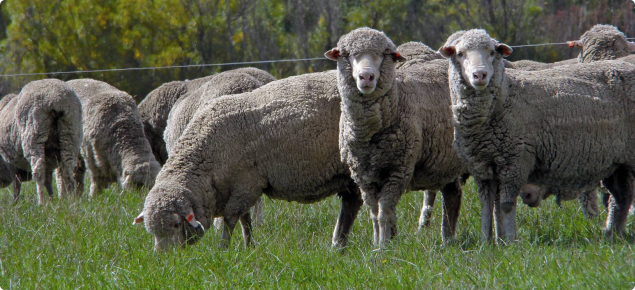Benefits of selective breeding of sheep for reduced methane emissions
Selective breeding of sheep for reduced methane emissions is possible. This could be achieved by selecting sheep that:
- produce less methane per unit of feed intake (that is, lower methane yield)
- have a higher feed conversion efficiency: that is, they eat less to produce the same weight gain, and produce less methane than average for their level of productivity.
Carbon benefits with an approved methodology do not exist.
Co-benefits in selecting for decreased methane production include increased growth rates and feed conversion efficiencies, which will lead to increased profits even without any carbon credits.
Opportunities in selecting for reduced methane production:
- A 10% higher growth rate reduces methane emissions by about 3%.
- Improving feed use efficiency by 10% reduces methane emissions by 3 to 10% and increases profit by 9 to 10%.
- Improved feed conversion efficiency may allow higher stocking rates and an increase in farm income.
Risks from selective breeding of sheep for reduced methane emissions
- Specific selection for reduced methane emissions can reduce the benefits of selecting for other production traits which may be more profitable.
- Improved feed conversion efficiency may allow higher stocking rates and lead to an increase in emissions per unit area.

